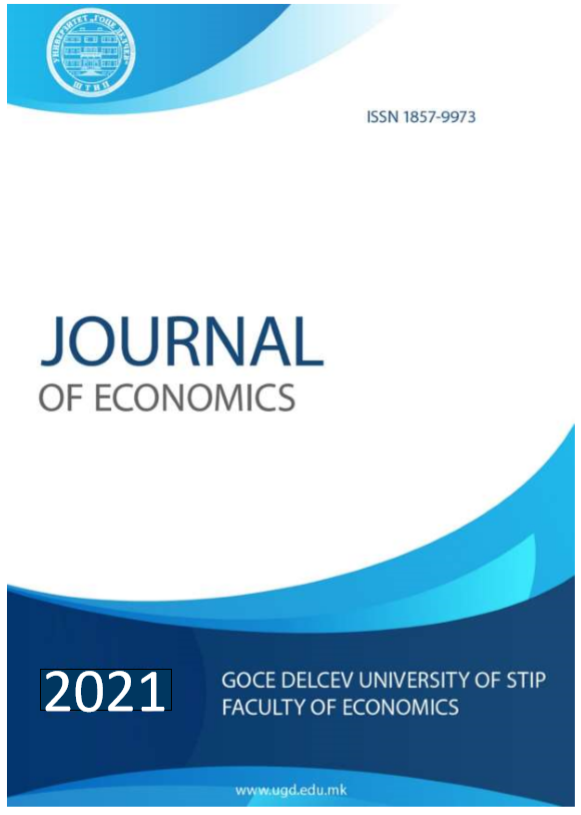Multilevel Perspective of Human Capital Resources: Recent Debates on Construct Clarification and its Measurement
Keywords:
Human capital resources, construct definition and measurement, multilevel research, strategic literature, strategic human resource management literatureAbstract
The concept of human capital is defined by G. S. Becker as knowledge, information, ideas, skills, and health of individuals. This concept has influenced many strategic and organizational scholars. With assumption that human capital as an internal organizational resource can be a determinant of competitiveness of the firm, many strategy scholars are interested in human capital resources as a macrolevel phenomenon and conceptualized at higher, organizational level. Simultaneously, researchers within strategic human resource management literature develop different research framework so that are more interested in how specific strategic human resource policies and practices create unique and inimitable human capital that subsequently influences the overall performance of the firm. To gain a full understanding of the processes through which human capital resources manifests and transforms across different organizational levels and how it contributes to competitive advantage, it needs to be conceptualized in a way that integrates the micro and macro research levels suggesting a multilevel research approach. Also, the paper emphasizes the importance of precise definition of the concept of human capital resources, presenting several important definitions. Previous studies that have investigated human capital resources and its causal relationship with organizational success show that the application of different approaches in conceptualization of the construct bring confusion and misunderstanding, and may have implication on the research findings. Based on the conceptual definition of human capital resources, the paper gives an overview of the Multilevel Model of Human Capital Resource Emergence, developed by Ployhart and Moliterno. This model provides a deeper understanding and reveals its essential elements of the human capital resources. Dimensions/measures of the construct adopted in the relevant research studies are also presented and analyzed. In order to raise awareness of the topic, the paper emphasizes the state of recent debates on the concept of HCR as a collective phenomenon and, at the same time, encourages further discussions on theoretical development, as well as possible directions for empirical research.


